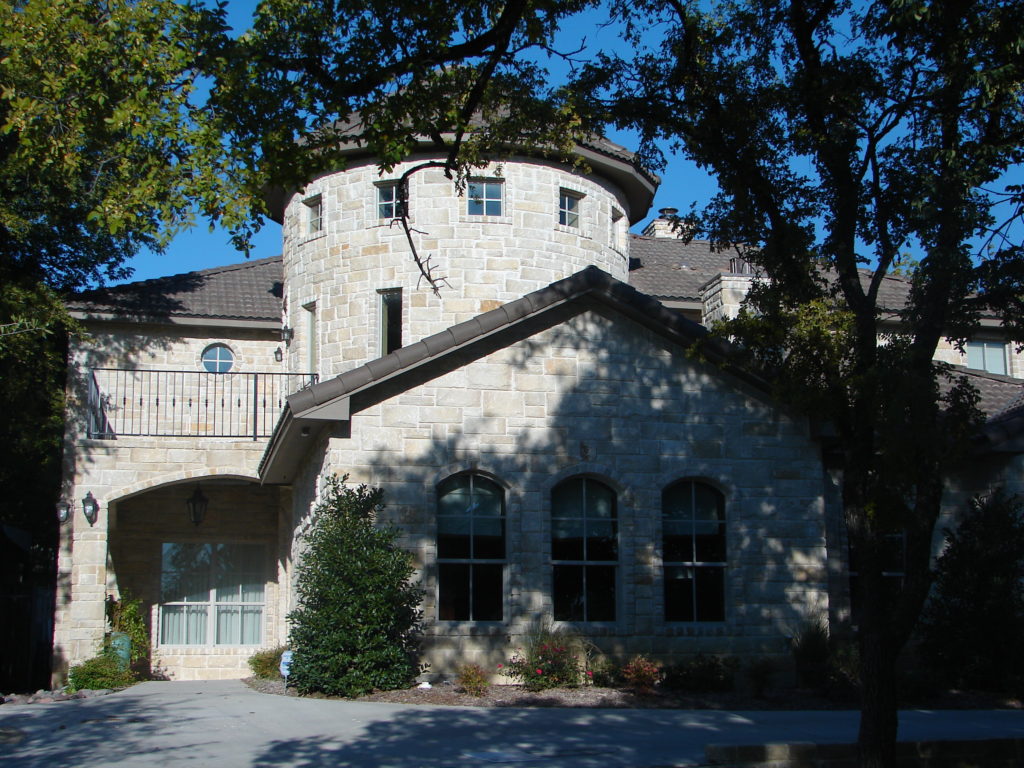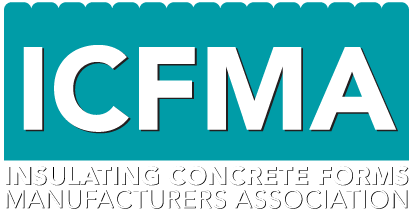
With today’s mandate of building tighter, more energy-efficient and environmentally friendly homes, builders are constantly looking for durable and energy-efficient materials for the construction of their new building projects.
The combination of these rising energy requirements and fuel costs mean that they need to make the most of the latest advances in building technology.
With the continuous decline in the quality of framing lumber and unpredictable price fluctuations, Insulating Concrete Form (ICF) building systems have emerged as an innovative building material in the construction industry over the past decade.
What are Insulating Concrete Forms?
“Insulated Concrete Forms are made of two panels of EPS (expanded polystyrene) joined together by plastic webs. During construction, they are assembled to form the foundations and walls of a building,” explained Keven
Rector at NUDURA, a leading name in building with insulated concrete forms. “Concrete is then poured inside the gap between the foam panels to form a solid, continuous insulated structure. ICFs are an efficient alternative to conventional wood framing techniques that is solving energy costs, storm security and interior air quality as well as occupant conservation priorities all at the same time.”
ICFs can withstand extreme weather conditions
ICFs are designed to stay in place as a permanent part of the wall assembly. They have the advantages of concrete wall construction and similarly, they can withstand extreme weather conditions such as strong winds, seismic forces, hurricanes and tornadoes. Today, ICFs have been proven to be one of the strongest and energy efficient wall systems used in residential and commercial construction.
ICFs offer design flexibility
One of the most remarkable benefits of ICFs is they can be cut and molded into any shape for unique home designs or site conditions. Curves and angles are easier to build with ICFs. In addition, they come in a variety of shapes as most ICF companies manufacture forms in 4″, 6″, 8″,10″ and 12″ cavity widths.
Superior energy efficiency
ICF structures offer cost-savings in relation to their energy performance. The energy efficiency of ICF systems is as high as R-50 compared to R-20 with wood structures. Hence, ICFs act as a thermal barrier and enable buildings to retain heat more effectively. As less energy is required to heat and cool the interiors, your electricity bill is reduced significantly. Furthermore, the insulating properties of ICFs prevent heat and humidity from affecting your buildings and keep them cool during summer and warm during our harsh winters.
Indoor air quality and comfort
Occupants can rely on even temperatures throughout the house leading to a more comfortable environment, plus air to breathe that is far less prone the mold, mildew and toxins that are associated with wood. That’s what makes ICFs perfect for the construction of buildings in moisture-prone areas.
ICFs are sound-resistant
The amazing feature of ICF systems is they act as a barrier that buffer a building’s interior from outside noise. This is possible thanks to the combination of rigid foam insulation with the thermal mass of concrete. ICFs have twice the sound resistance property as wood frames and are able to deliver a sound transmission class (STC) of around 48.
Are ICFs fire-resistant?
Concrete is the most fire-resistant of all construction materials. Unlike wood, concrete does not burn and unlike steel, concrete does not bend or soften. NUDURA data shows, this building system will give you a fire protection rating of up to four hours. More information is available at www.nudura.com.







